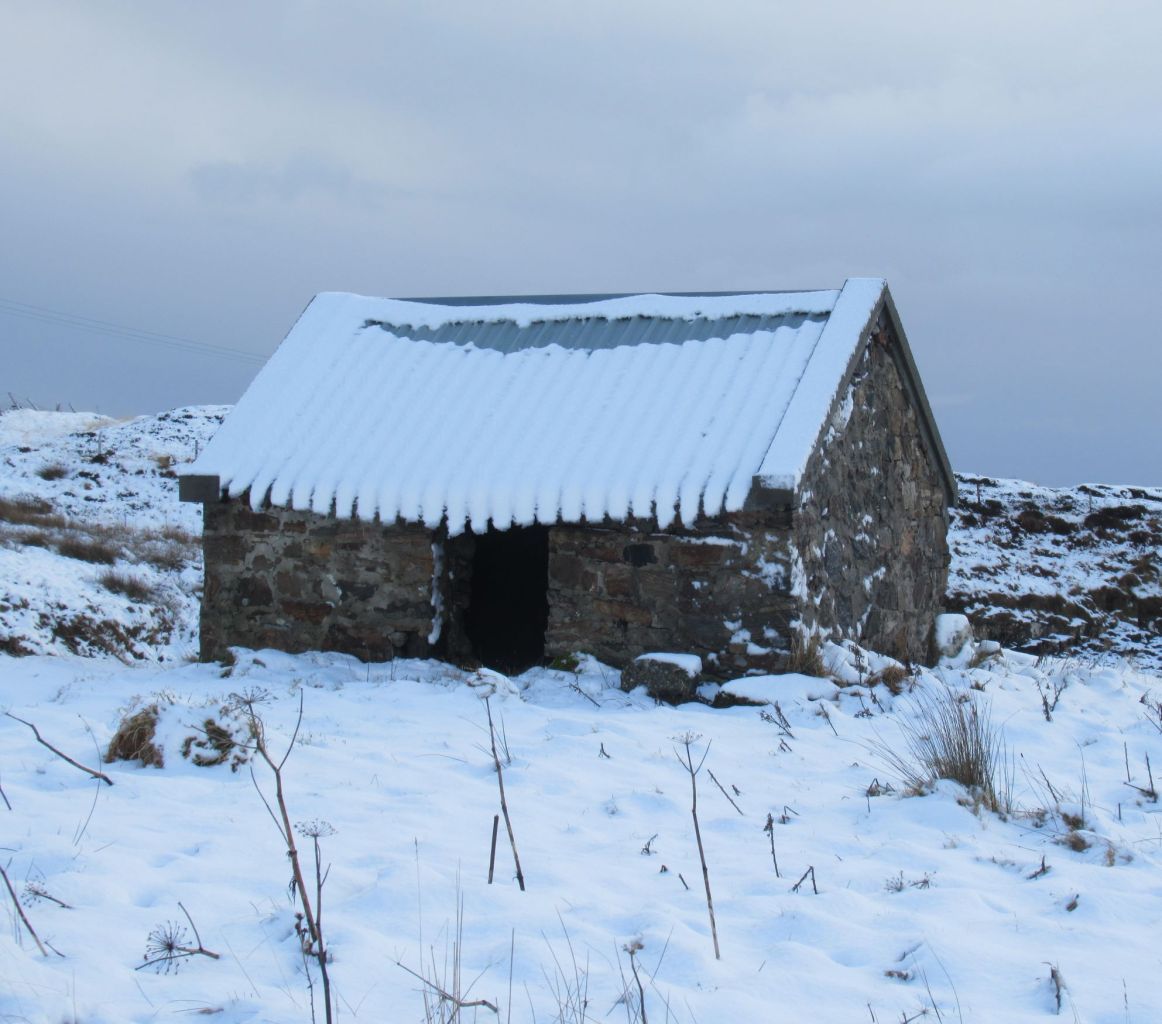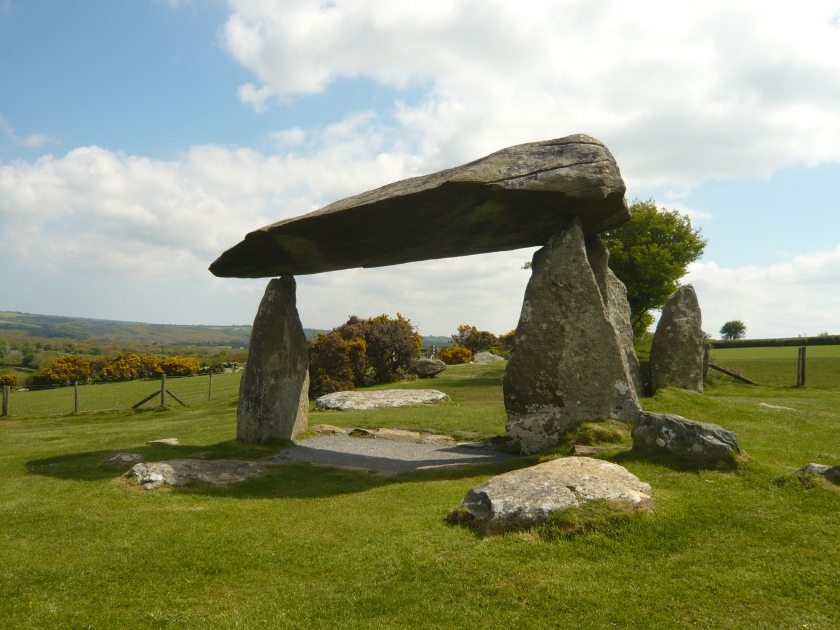Winter
December on the Hebridean Way.
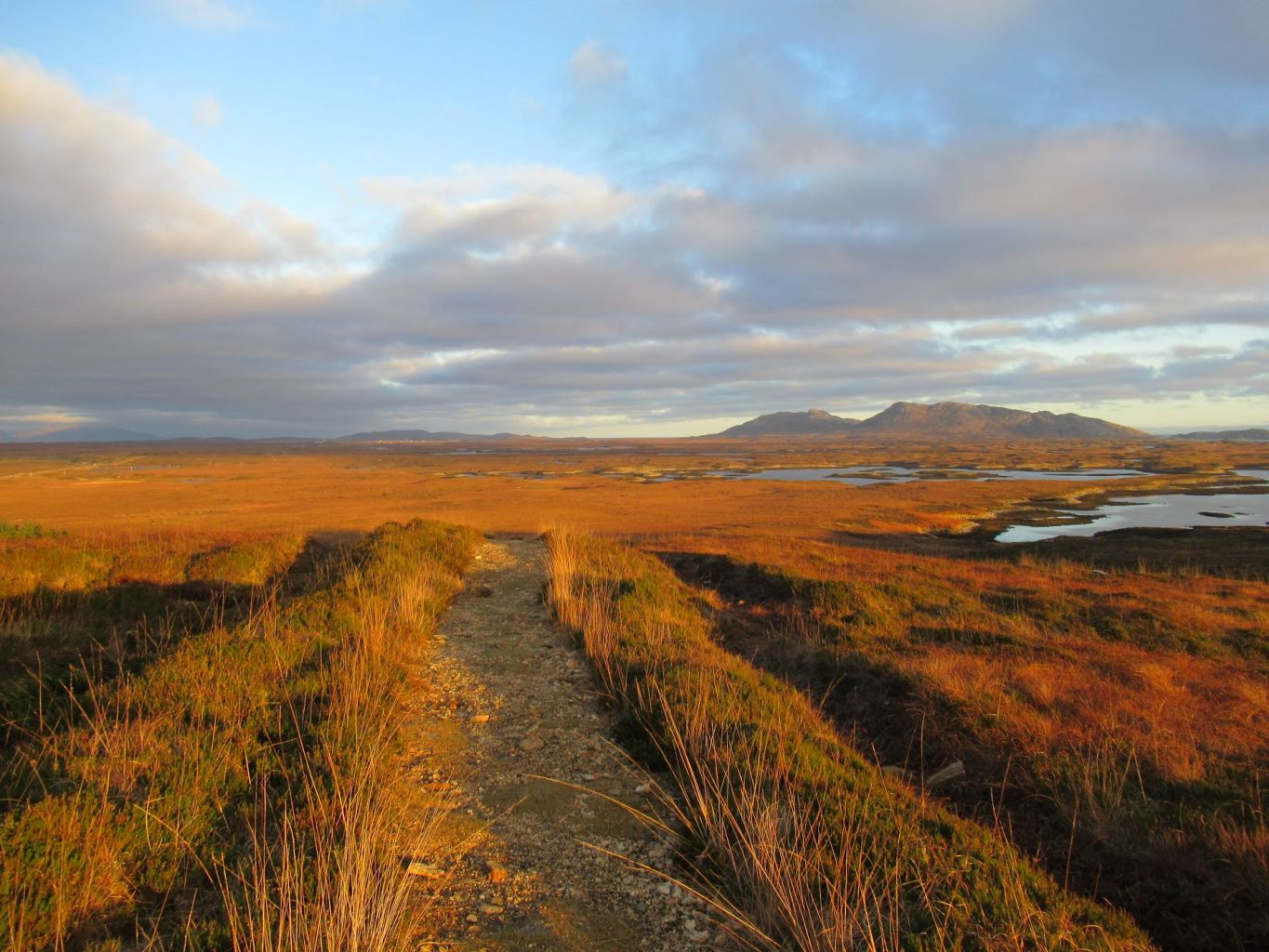
This part of the Hebridean Way is in North Uist, where the path skirts around the summit of Beinn Langais before heading east towards Lochmaddy.
When the sun comes out the moors are ablaze with colour.

The path descends to the main road across North Uist and crosses over it to join the the old single track road.
After the new double track road was made, some new passing place signs appeared on the old road! This one says Sàmhach (quiet) and others say Ciùin (calm) and Sitheil (still). It’s easy walking and very peaceful.
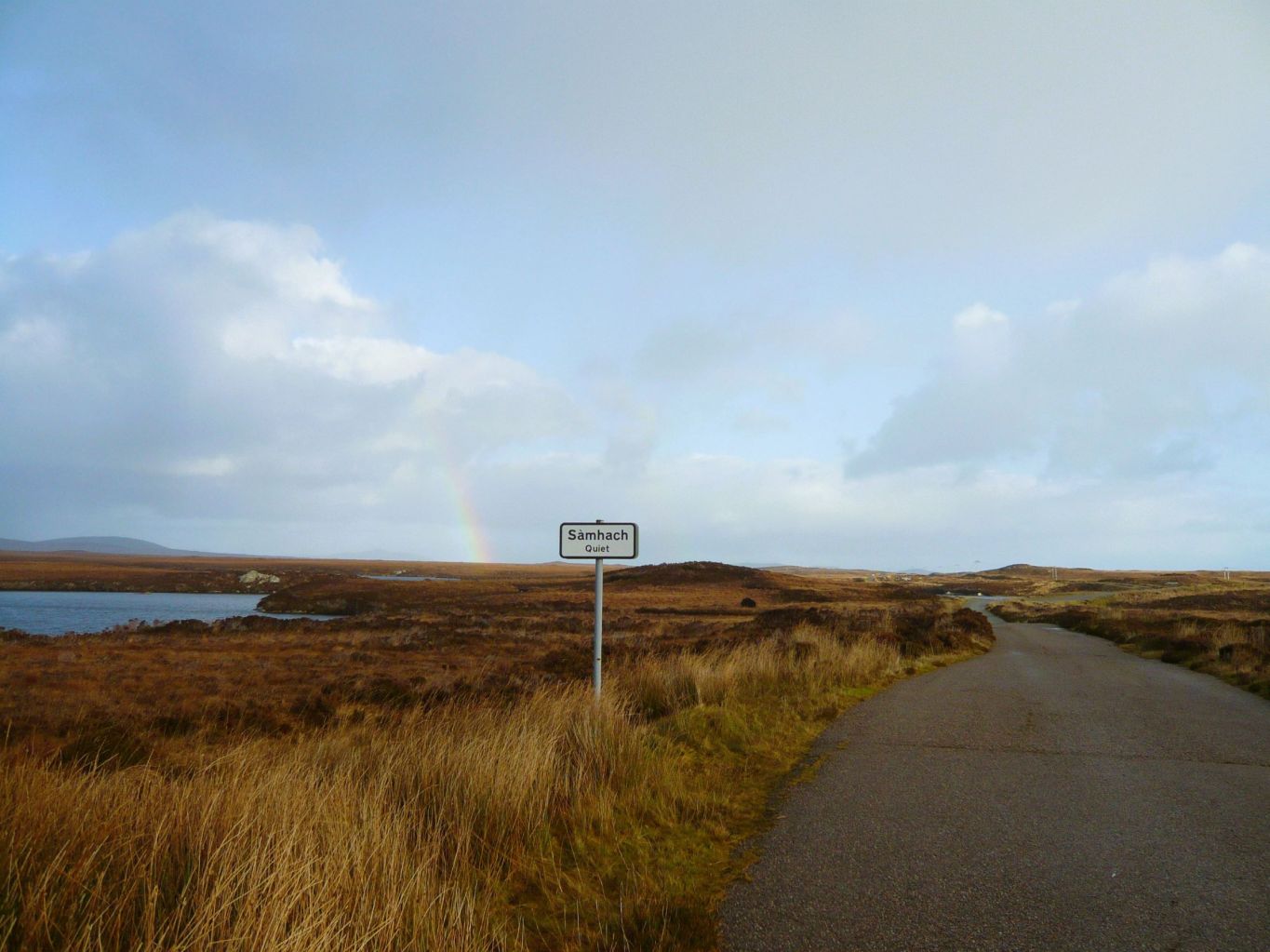
Passing through a landscape of lochs and moorland
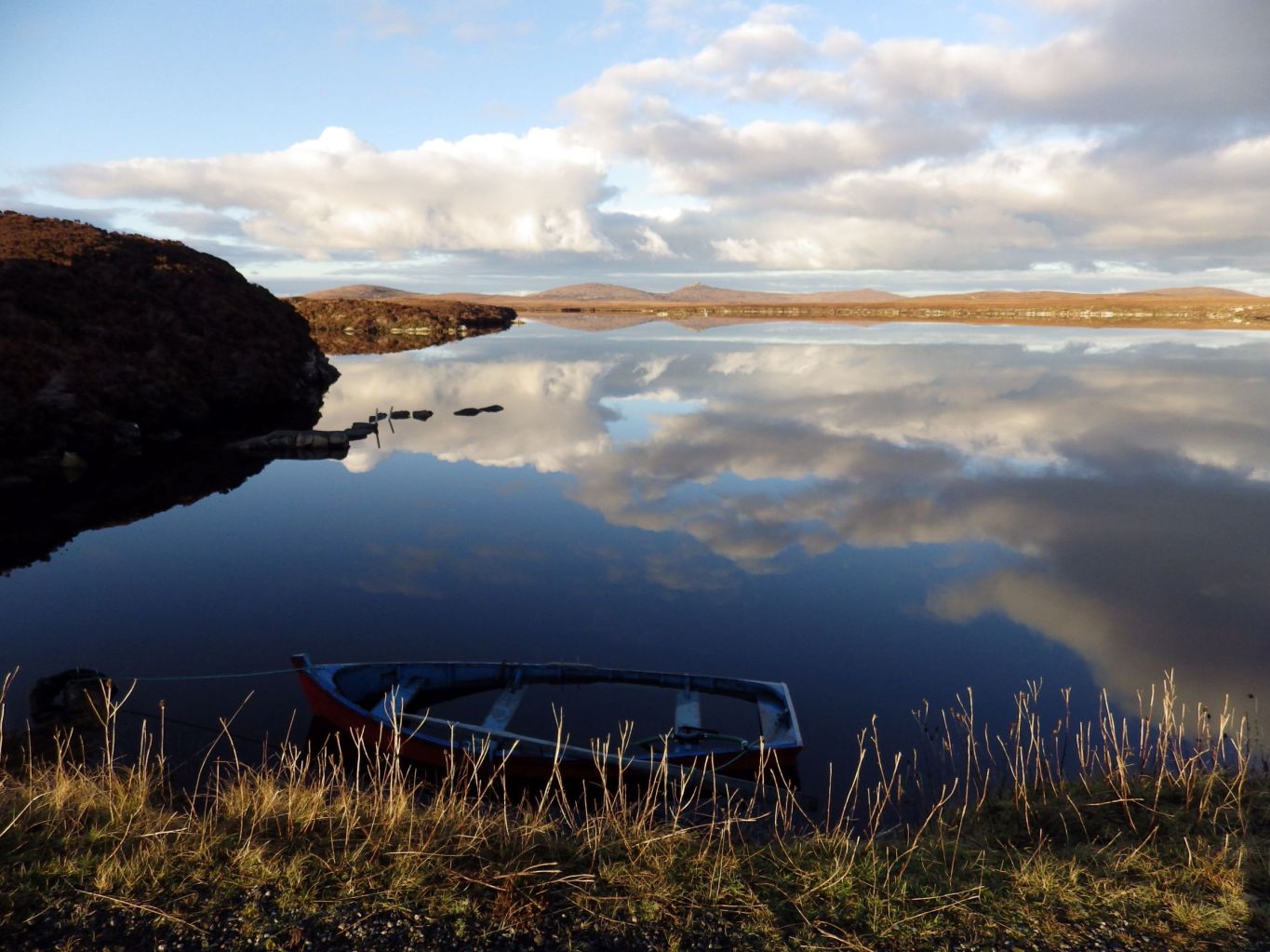
Spring
Penmon, Anglesey
On the eastern tip of Anglesey the coastal path goes past Penmon Priory, which is well worth a look around. Across the water are the mountains of Snowdonia.

A monastic site was established here in the 6th century and the priory, which was built in the 13th century, survived the dissolution of the monasteries and is still a parish church today.
St Seiriol’s well in the secluded walled garden.
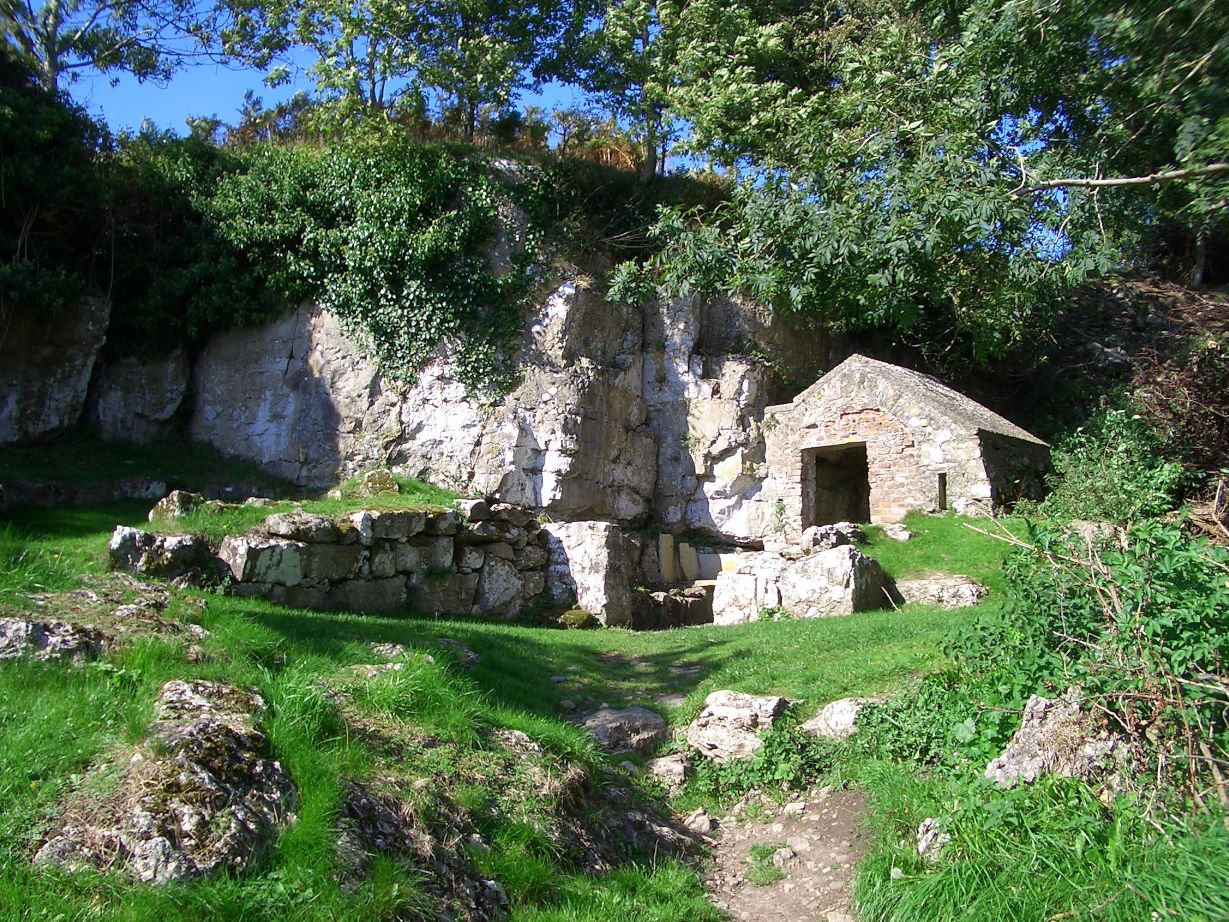
The path follows a mile long toll road and at the end is a beach and the picture postcard scene of Puffin Island and Penmon lighthouse.
The monks at Penmon also had a small community on Puffin Island and one of their sources of food was puffins. They were also reported to have done a very good trade in pickled puffins!
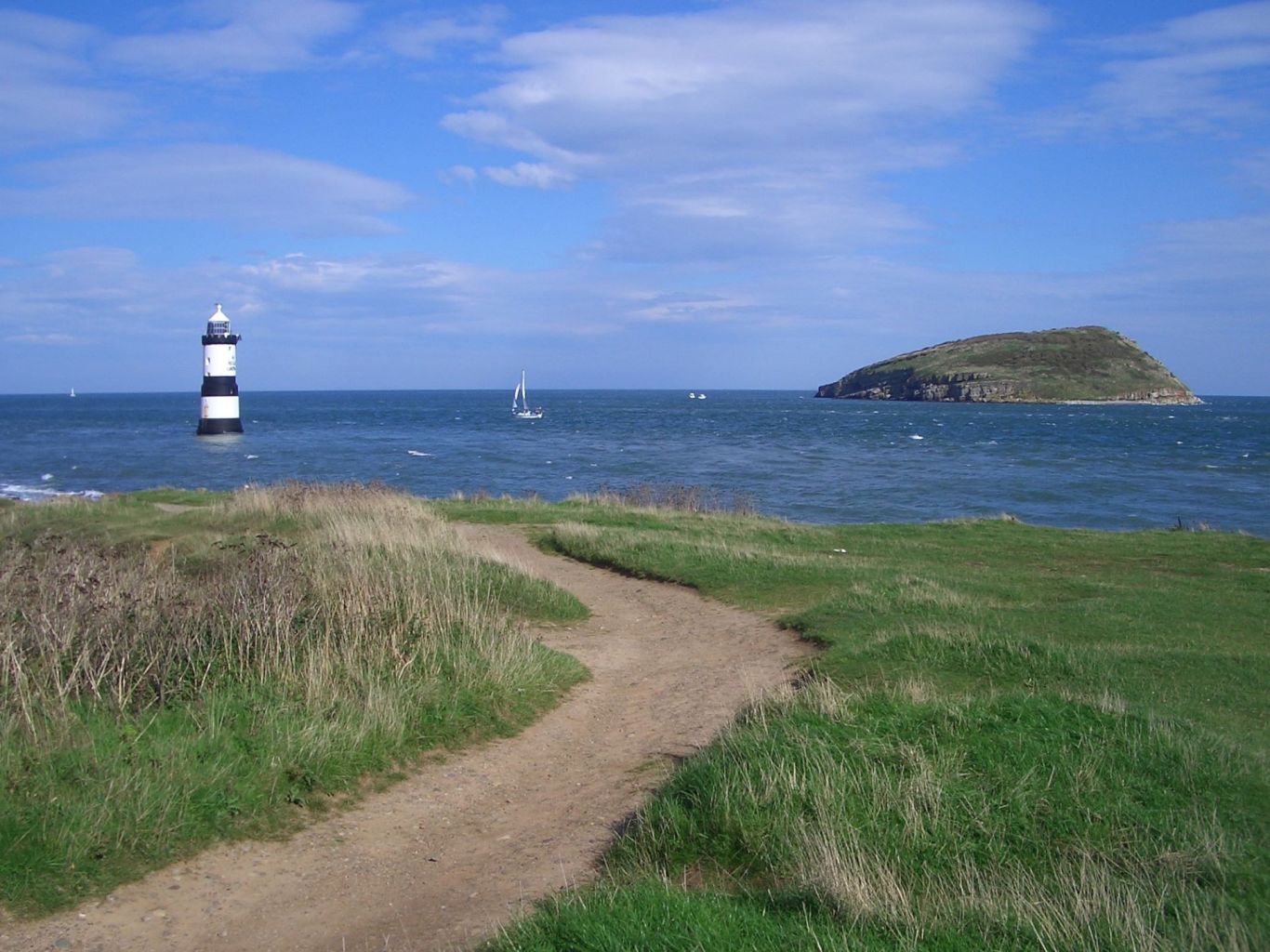
Summer
Maghera Strand, Donegal
Hot summer days walking on the beaches in West Donegal, or more often, paddling from one end to the other!
Path to the sea
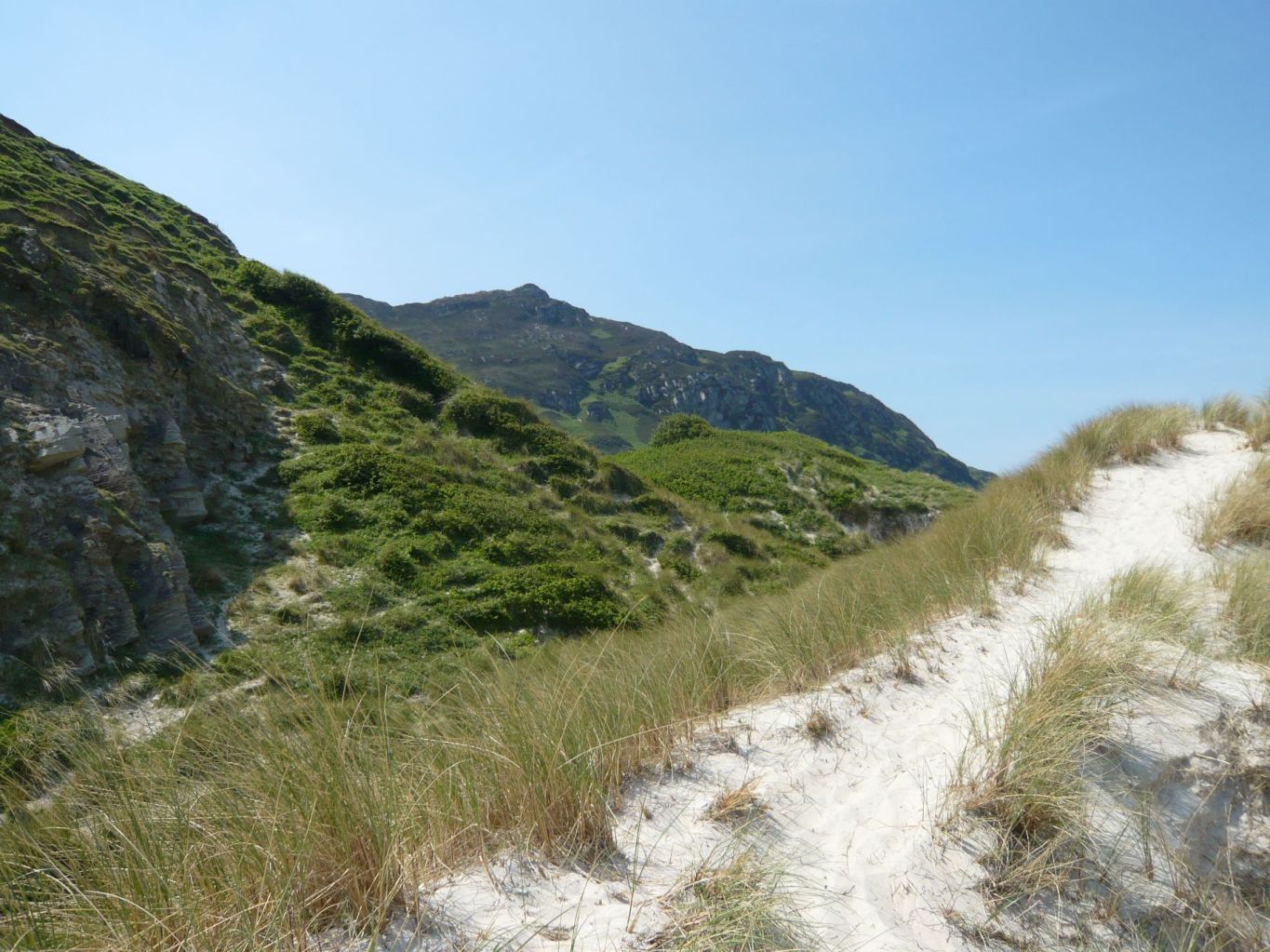
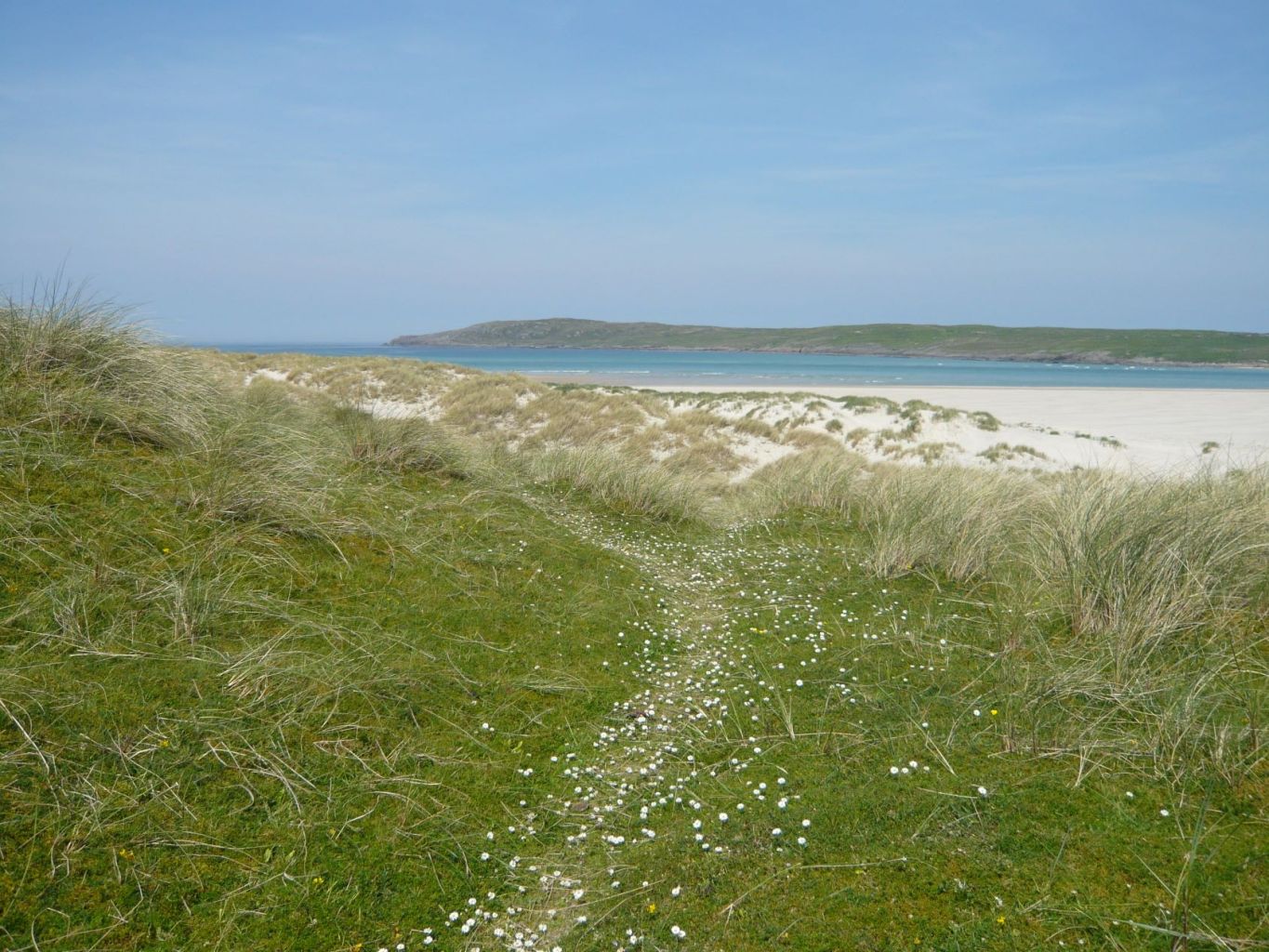
The rocks here are Dalradian quartzite and when they’re eroded by the sea they form the beautiful white sand.
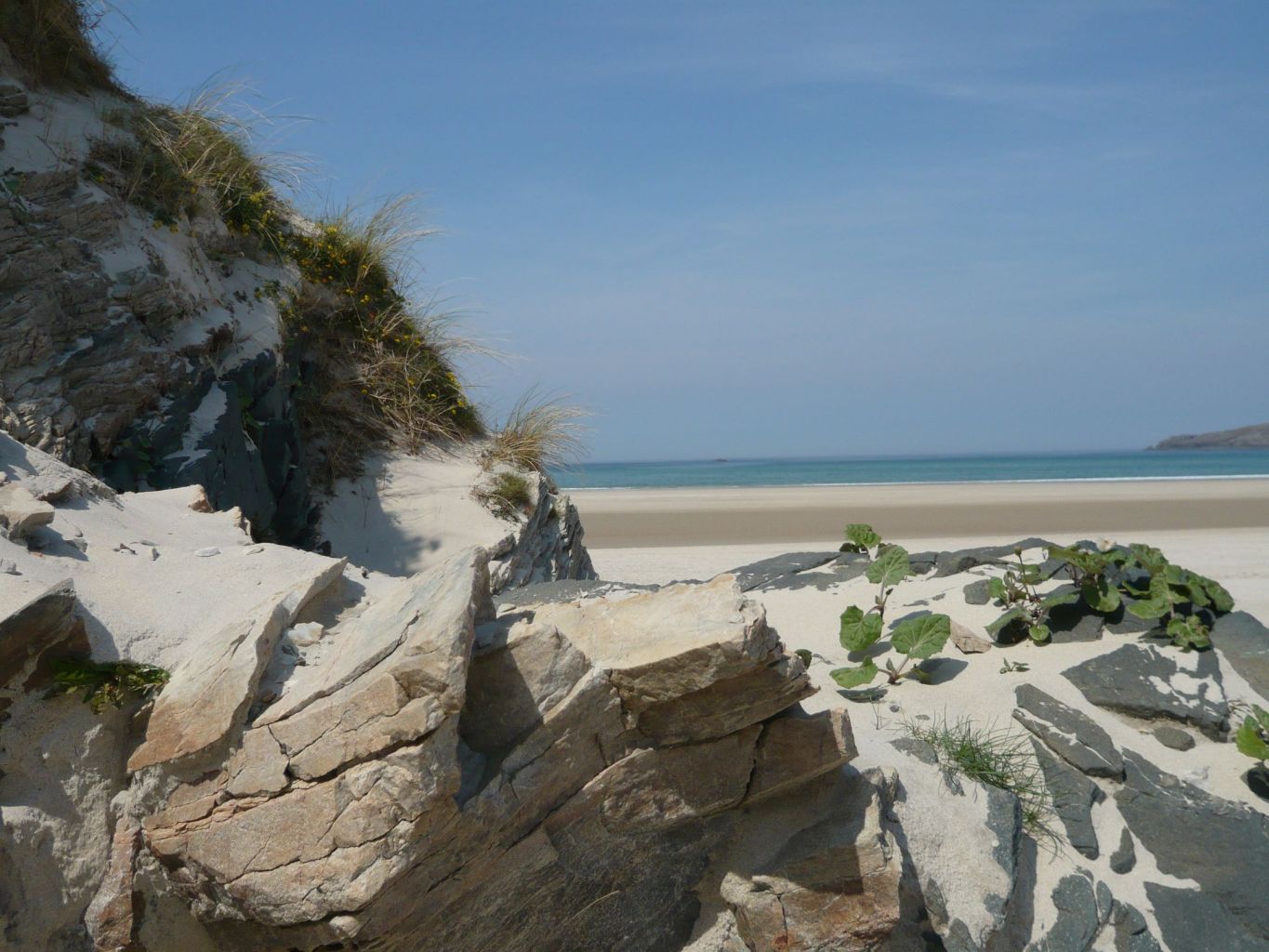
Where the mountains sweep down to the sea
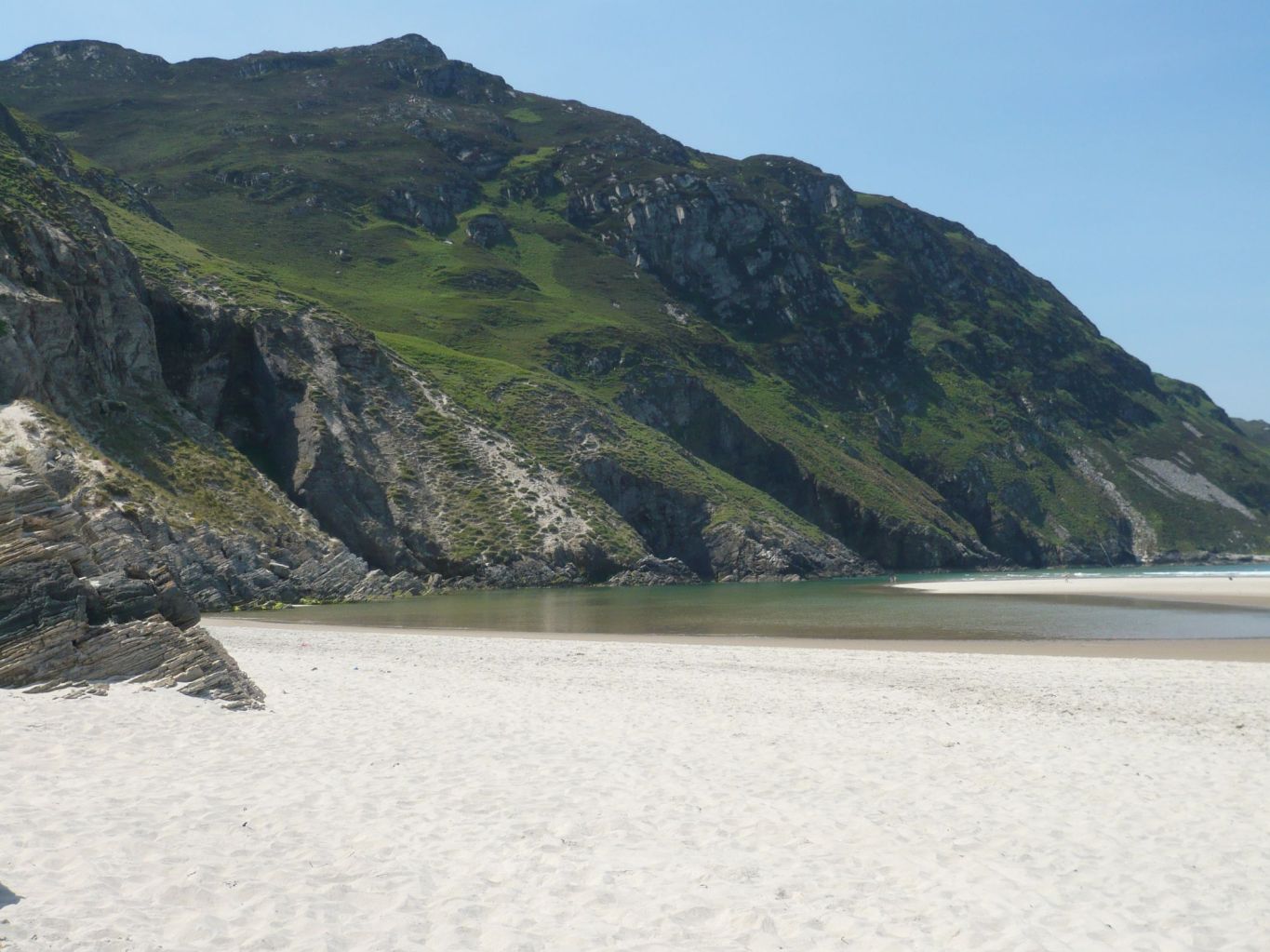
Sea caves filling up as the tide comes in.
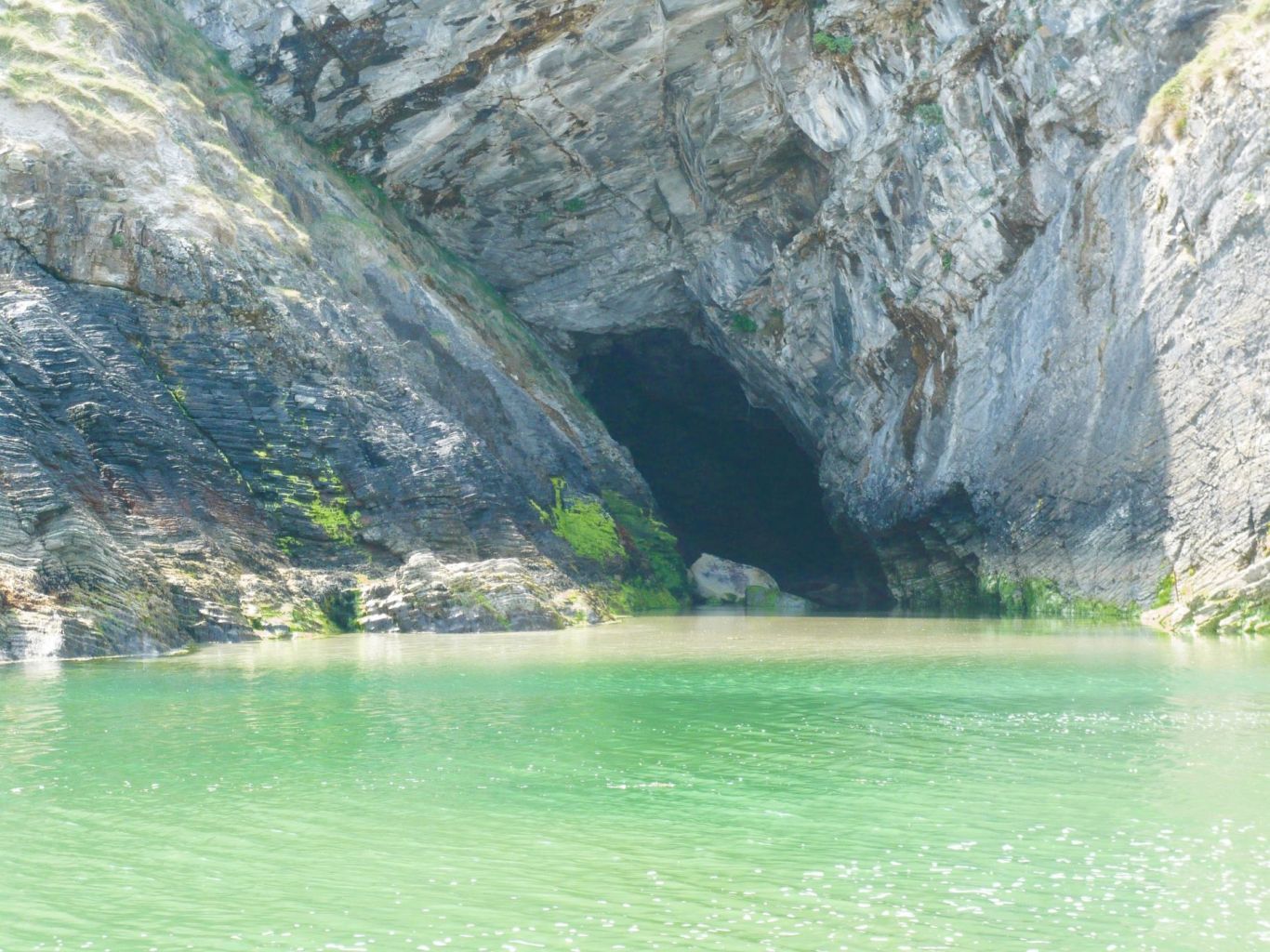
Autumn
Corrimony
Glen Affric is the place to see autumn colours but just before reaching Glen Affric is a road to the upland valley of Corrimony. It’s a much less frequented place but has a number of historical sites and an RSPB reserve.
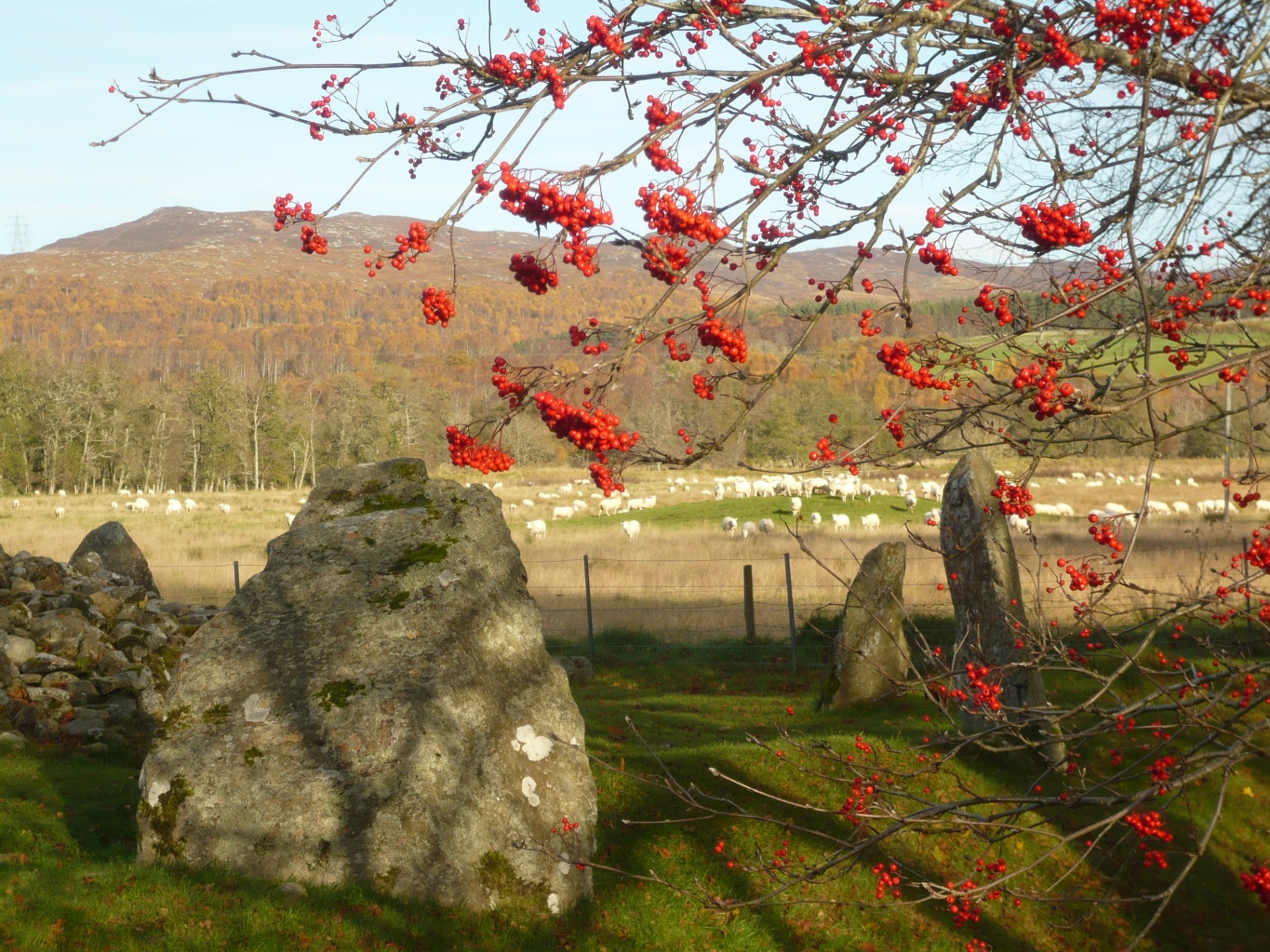
We were there to see the Neolithic Cairn but spent a day walking in the area and hardly saw another person.
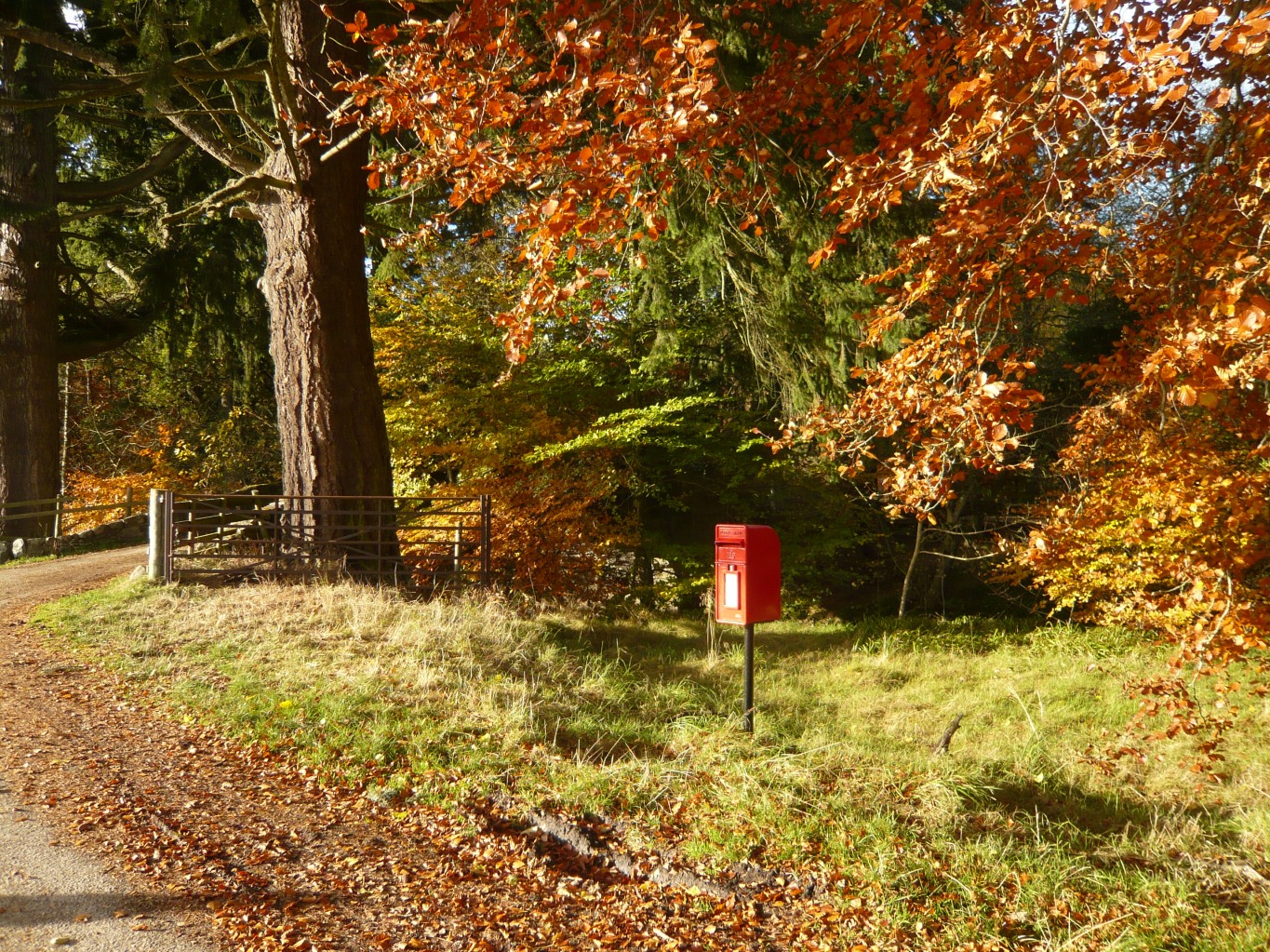
Where the road comes to an end there’s a formal avenue of trees that was once the driveway up to New Corrimony House, a baronial style mansion built when Corrimony was a prosperous Victorian shooting estate. The house burnt down in the 1950’s and only a few traces remain.
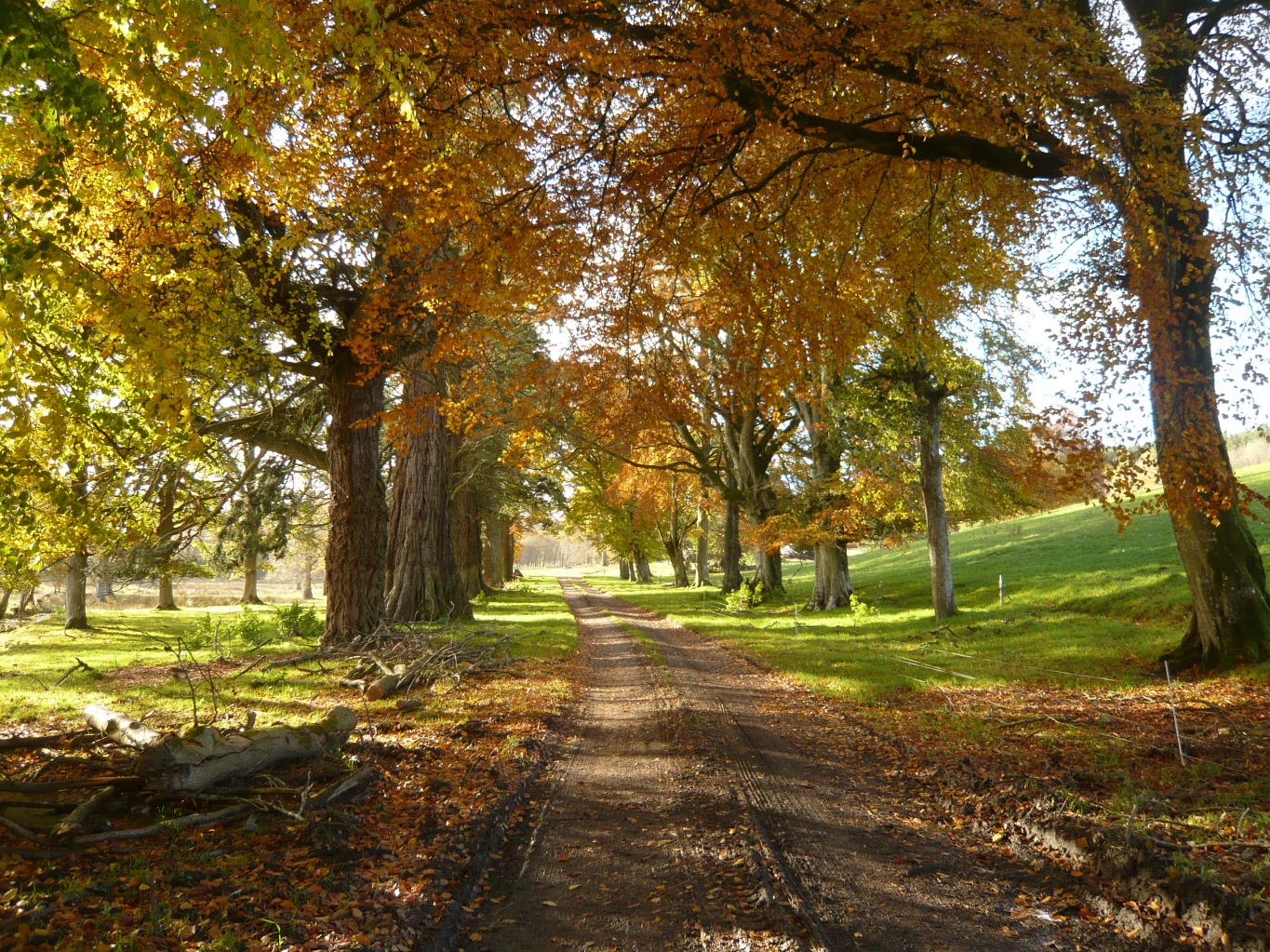
Beside the old driveway is Mony’s stone, said to have been erected in Viking times to mark the burial place of the son of a Danish king.
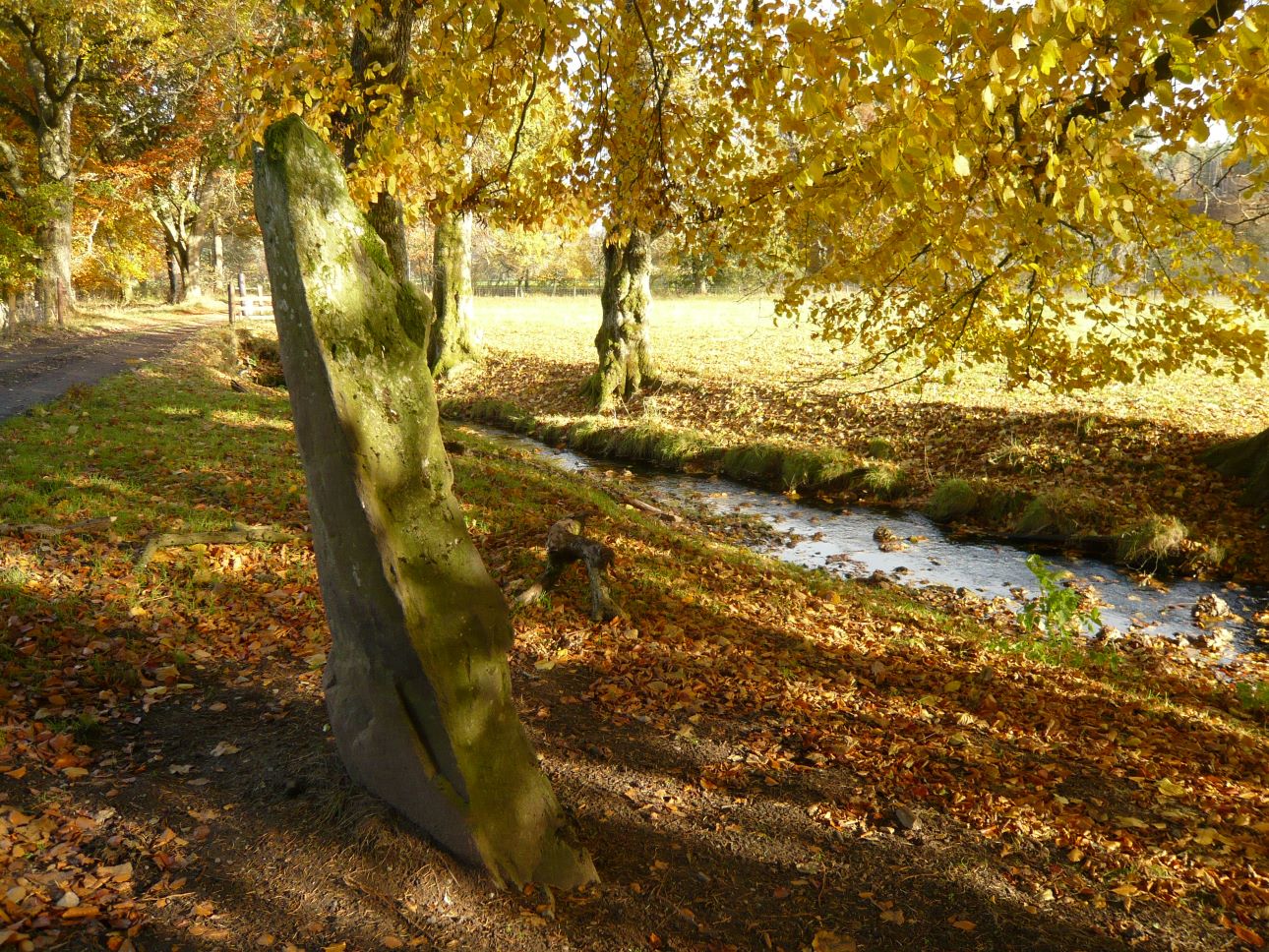
and back to winter …
